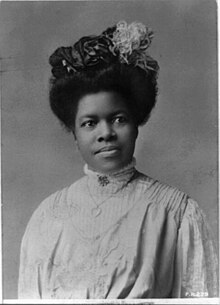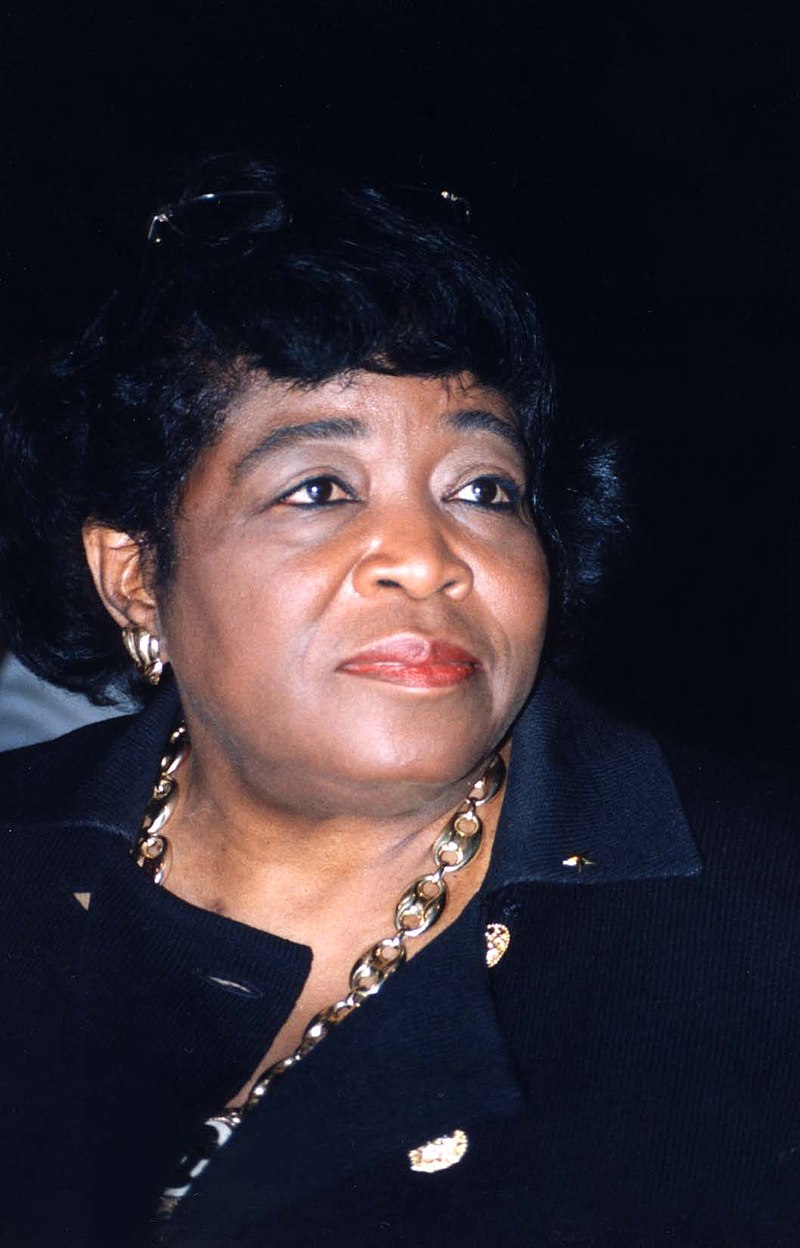Shirley Chisholm was a nonstop shero whose own sense of empowerment spread to everyone who came in contact with her. In 1968, Shirley Chisholm was the first black woman to be elected to Congress, a historic triumph for her gender and race. Four years later, she ran for president in the primaries.
Born in the borough of Brooklyn, New York, in 1924, she spent seven years in Barbados with her grandmother, Emily Seale. She credits the “stiff upper lip” yet excellent education she received in Barbados as giving her an advantage when she returned to the United States. Shirley garnered many scholarship offers upon high school graduation, choosing Brooklyn College to study psychology and Spanish with the intention of becoming a teacher. She got involved with the Harriet Tubman Society, where she developed a keen sense of black pride. Acing every course, she received a lot of encouragement to “do something” with her life. A Caucasian political science professor urged her to pursue politics, a daunting idea at the time. But the seed was planted.
After an arduous job search, Shirley finally found work at the Mount Cavalry Child Center; her magna cum laude degree didn’t seem to offset her color for many potential employers. She also took night classes at Columbia, where she met Conrad Chisholm. They married soon after, giving her a stable foundation upon which to build her house of dreams. She continued to work in early childhood education, becoming director of several day care centers and private schools.
In the sixties, Shirley stepped into the political arena, campaigning for a seat in the state assembly in her district. She won the Democratic seat in 1964 and began the first step in a history-making career, winning again in ’65 and ’66. Then she decided to run for the U.S. Assembly. Even though she was up against a much more experienced candidate with deep-pocketed financial backing, Shirley prevailed; she was aware that there were 13,000 more women than men in the district and quickly mobilized the female vote. She also underwent surgery for a tumor at this time, but went back to work immediately, quickly earning a reputation as one of the most hard charging black members of the Assembly.
Even in Congress, the race issue reared its head. She was assigned to the Agricultural Committee to work with food stamp distribution because she was a black woman. Shirley didn’t take this lying down and fought to get off that committee, moving on to Veteran’s Affairs and, finally, Education and Labor where she believed she could really do some good. Known for her straight-shooting verbal style and maverick political ways, she always saw herself as an advocate for her constituency, seeking to be the voice of those traditionally overlooked by politics: Hispanics, Native Americans, drug addicts, and gay activists.
As a presidential candidate for the 1972 Democratic nomination, she placed women’s rights at the center of her campaign, claiming that she was not a “gimmick” candidate, but a serious contender. Although she failed to get the nod, it did make her a national spokesperson for the civil and women’s rights movements. Since then, she helped create the National Political Congress of Black Women and taught, lectured, and authored two books, Unbought and Unbossed and The Good Fight. Shirley Chisholm was at the forefront of obtaining real political power for African American woman.
“I’m the only one among you who has the balls to run for president.”
— Shirley Chisholm to the Black Caucus members at the Democratic convention
This excerpt is from The Book of Awesome Women by Becca Anderson which is available now through Amazon and Mango Media










